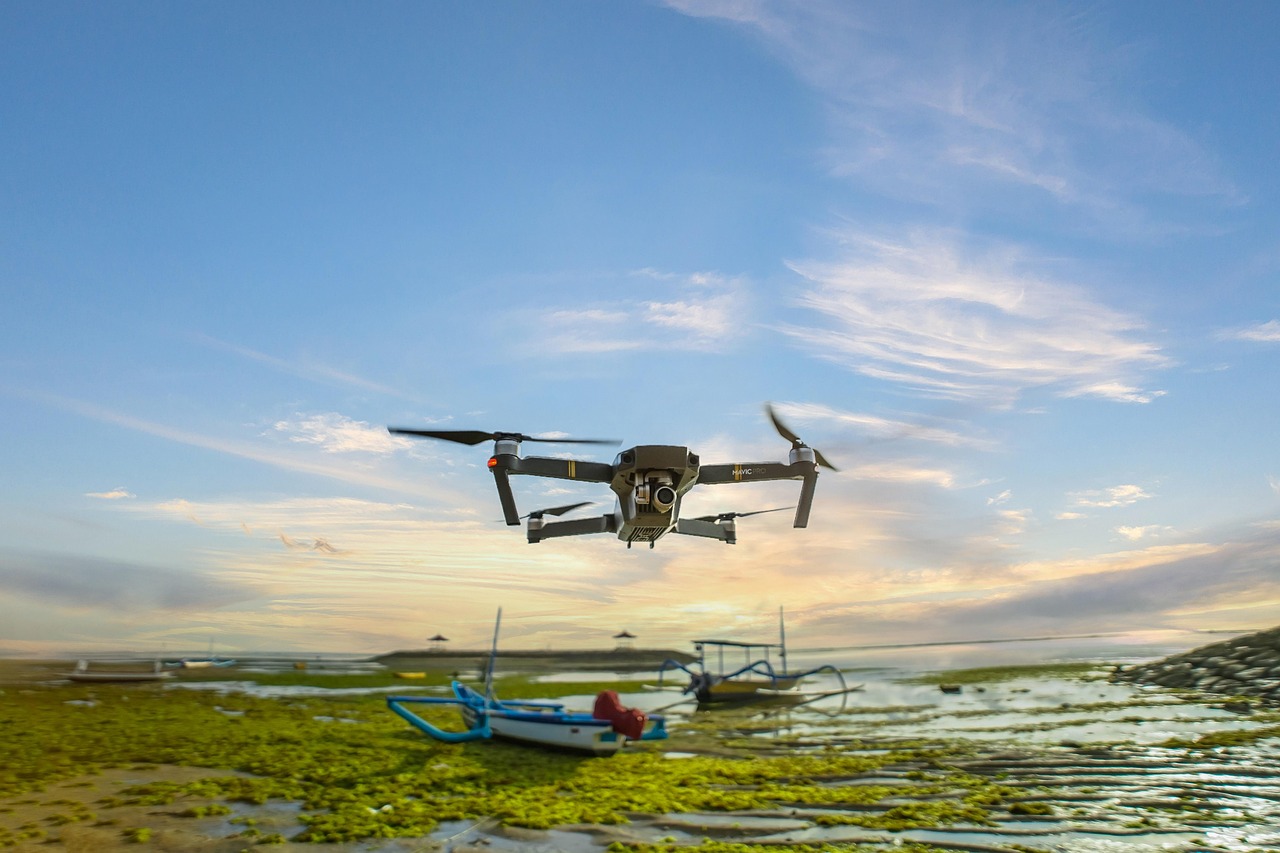
Analyzing the geometry of the cracks can help identify areas on a planet's surface where water may have once existed or currently exists.Continue reading

It is no longer such a distant future when parcels will not be delivered by couriers, but by drones that will drop them off at your front door or in your yard. The experts at the HUN-REN Institute for Computer Science and Control’s (HUN-REN SZTAKI) System and Control Theory Research Laboratory (SCL) have achieved unique results on a global scale by developing intelligent control solutions that enable drones to respond to changes in their environment in real time, Magyar Nemzet reports.
In order for a drone to fly safely, it needs to know where it is, what is around it, and where it should go. It is not enough to set the flight path in advance – lightning-fast, improvised adjustments are necessary. A bird flying overhead, a crane erected for construction, or even a sudden gust of wind can override the original route plan. Autonomous drones can be assisted in navigation by various sensors: GPS, acceleration, and rotation speed meters, cameras, and LIDAR, which works like radar but uses lasers instead of radio waves to map objects and obstacles in the environment.
There comes one of the fundamental dilemmas of the technology: a drone can be equipped with the best possible sensors, but they are heavy, consume a lot of energy, and make operation more complicated. A drone can only carry a limited weight, and its battery capacity is also finite.
This is why smart, efficient control solutions are needed – the goal is not for the device to detect and record every tiny piece of data, but to sense and process just enough to enable quick and safe decisions.
Researchers at HUN-REN SZTAKI are developing software systems that can make quick and reliable decisions based on the available data. “These systems not only plan ahead, but also continuously replan the drone’s movements in response to the smallest unexpected changes,” says Tamás Péni, a researcher at SCL. “It is not enough to know where the obstacle is at a given moment; the device must also assess how the object may move in the future and adjust its own movement accordingly, maintaining appropriate safety distances,” he added.
One is the global level, which is similar to when we set off for our destination using GPS in our car. Based on the available maps and information, the drone plans its route in advance in the same way. However, when an unexpected situation arises—for example, an obstacle appears in front of the drone—local-level planning kicks in, and the device changes its flight path and, if necessary, modifies its entire route.
If there are several drones in the air at the same time, they can also communicate with each other.
For example, if one of them detects a new obstacle, such as a crane that is not marked on the map, it can immediately share this information with the other drones. This way, all devices work on a single shared, real-time “map” and are all able to reach their destination safely.

Photo: Pixabay
The drone equipped with the system developed by HUN-REN SZTAKI researchers is capable of independently picking up a package from a moving vehicle using a simple hook and delivering it to another moving vehicle with centimeter precision.
“Other international experiments use heavier and more complex active gripping mechanisms, such as needles, electromagnets, or gripper arms, while our solution is not only technologically simpler, but also more energy-efficient,” says Roland Tóth, a researcher at SCL. “This allows cheaper, smaller drones to perform complex tasks, and a hook is relatively easy to attach to any package,” he explained.
The first services using drones to deliver medicine, food, or small packages have already been launched in some countries, but these typically operate in stable weather conditions, with low buildings and simple air traffic. In such an environment, there is no need for high precision or quick changes of direction. In contrast, the type of control that allows a drone to deliver packages safely and autonomously, even between moving vehicles, is not yet part of everyday practice. The real-time, centimeter-accurate motion control required for such tasks is where the work of HUN-REN SZTAKI researchers is considered world-leading.
Industrial and logistics facilities are the best testing grounds for these developments, as there are no random movements, birds, or pedestrians in such enclosed spaces, and flight is not affected by wind or fog.
This provides an ideal environment for the development of precision autonomous flight, where drones can prove their reliability in real-world challenges but in a controlled manner.
Via Magyar Nemzet, Featured photo via Pixabay